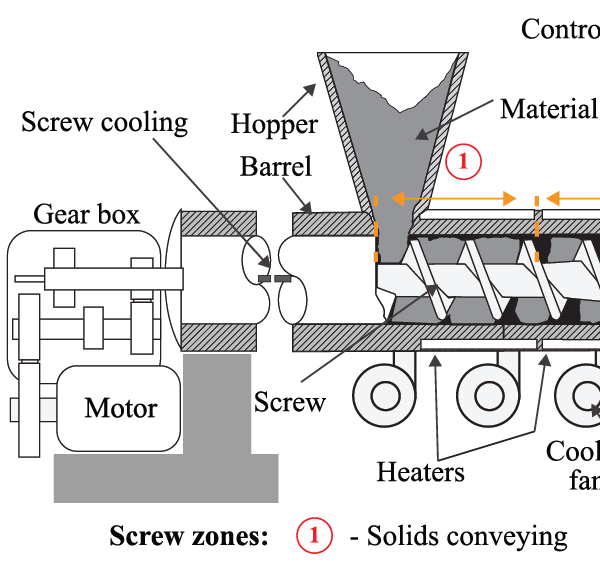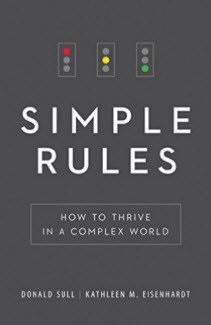
Which is a better guide if you have to make instant decisions?
During on-the-job situations where workers and learners have to make decisions to solve problems or make a change, they need to learn fast – instantly. There is not much time to go back to full time learning mode where they stop and study and take a test. By making quick decisions, they succeed or fail to perform.

I reviewed a few on-the-job training aids or performance support embedded content.
I was disappointed to see that many of them looked like formal training materials, references, guides or directions. They appear to be a sequence of steps, processes or procedures. So, the question that came to mind was “If the worker has to make quick decisions while on the job, would these types of content be immediately useful, easily accessible and help them to act effectively?”
Although a list of steps or processes help workers in assembling parts together or as a quality control test process, the design approach is not supportive of instant learning and application on the job. These training program types or approaches fail.
Please see a mock-up illustration below. The PVC Extruder schematic shows the parts of the equipment and the Installation guide below consists mainly of steps.

Click to view more.
Quick Decisions While On the Job
What we are aiming for on the job, is for workers and learners instantly learning and to instantly apply the ideas. When the worker encounters a problem or has to change something, the question in his mind tries to search for content that can be used quickly.
The learner asks:
- “What is the problem?”
- “How do I solve this problem?”
- “What is the best, fastest, safest and economical way to solve this?”
- “How do I know I am successful in my solution?”
- “How do I know if this is the right solution?”
- Others
In “Simple Rules: How to Thrive In A Complex World” by Donald Sull, Kathleen M. Eisendhardt – (April 21,2015), I was reminded of a tip I wrote: Workshop Tip # 6 Workarounds: Why They Help Learners Learn.
Essentially what Sull and Eisendhardt are saying is that knowing “when to stop doing something or when to continue” is a simple rule that helps us decide faster. A basic example is, when your driving speed reaches over 65 miles an hour, decelerate or step on your brakes.” We know all the requirements when driving a car, but the “stopping rule” helps us to decide the speed of driving. (We probably decelerate faster when we see the police in our rear-view mirror.)

Now in the PVC Extruder illustrated above, it would help the worker to know a simple rule, such as:

Just knowing the processes and procedures is different from really following the “stopping rule.” “Stopping rules” aid workers and learners in instant learning and instant application.
For another example, check “Workshop Tip # 19: Incidents of Errors as Basis for Technical Learning Design.”
Boundary Rules – Ethical Behaviors

Having Boundary Rules means setting borderlines, constraints or limits. This is particularly useful when the worker has to be careful with limited resources available. However, when the simple rule is applied in people skills or in compliance situations – which are sensitive decisions – the Boundary Rules help. In areas of avoiding sexual harassment incidents or unethical behaviors, using boundaries could help workers make decisions. For example, “Don’t make jokes that may offend others due to their sexual orientation.” The policy might state the need to be sensitive to each other, but having boundaries for workers and learners to guide their actions while on the job is even more important. The simple rule guides workers in instant learning and instant application.
Rules of Thumb
Having applied these concepts, the best way to find, discover and learn what the “Stopping Rule” and “Boundary Rule” are, is to gather from experiences and see if there are practices we can call “Rules of Thumb.”
Conclusion
When workers are on the job, they want to make decisions to perform effectively. Using conventional training program types of on-the-job support is limited because they take time to use and the information does not help in quick decisions. Simple rules like the Stopping Rule and Boundary Rule make it easy to identify what to do while on the job.
References
Simple Rules: How to Thrive In A Complex World
Tip #6 Workarounds: Why They Help Learners Learn
Tip #19: Incidents of Errors as Basis for Technical Learning Design
Tip #36: Why Experience Results in Superior Learning
